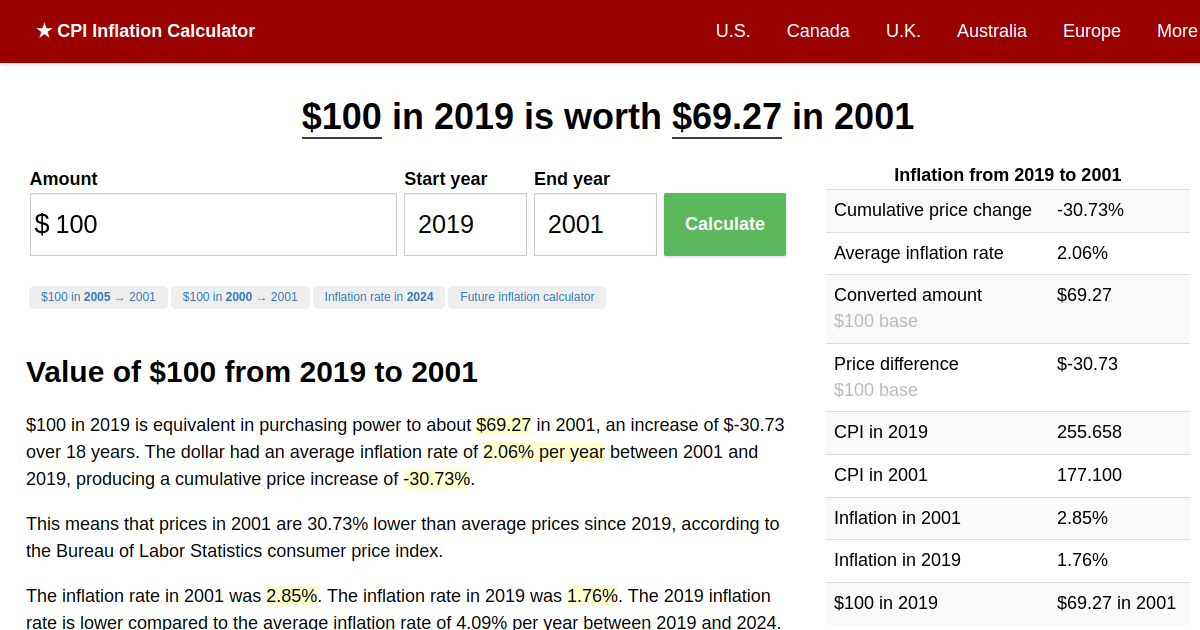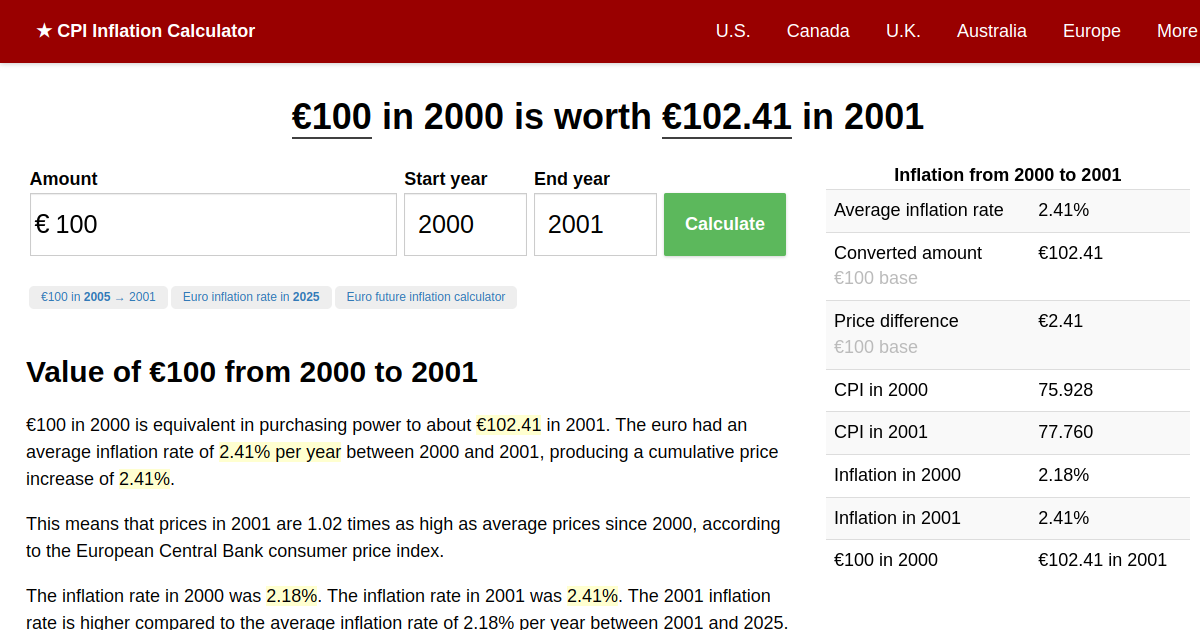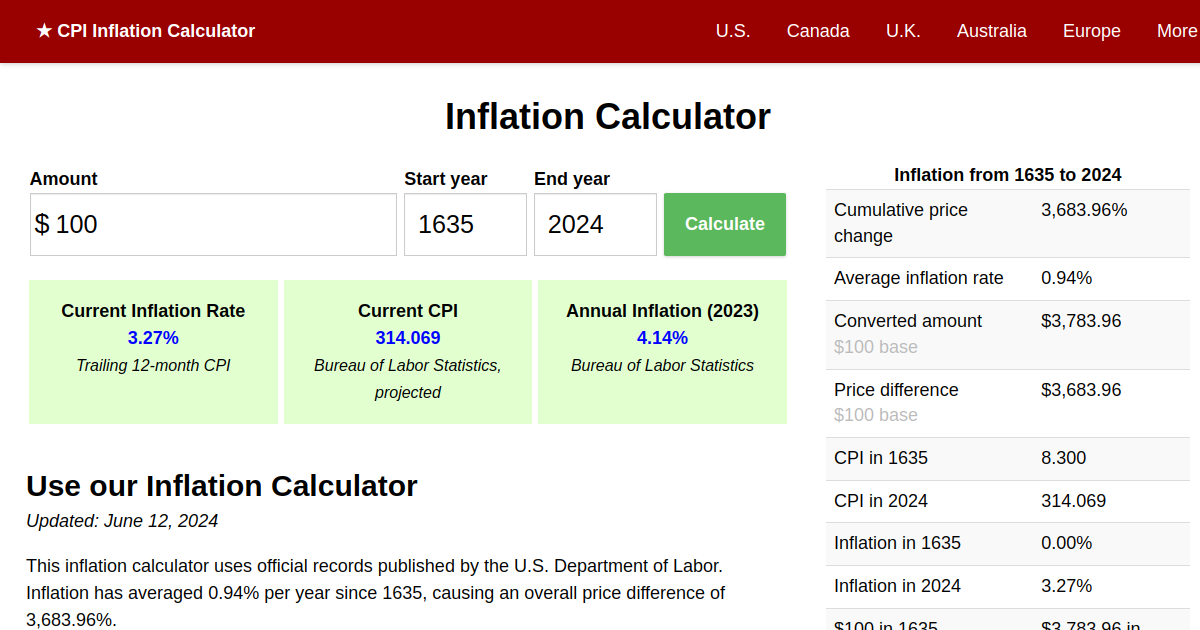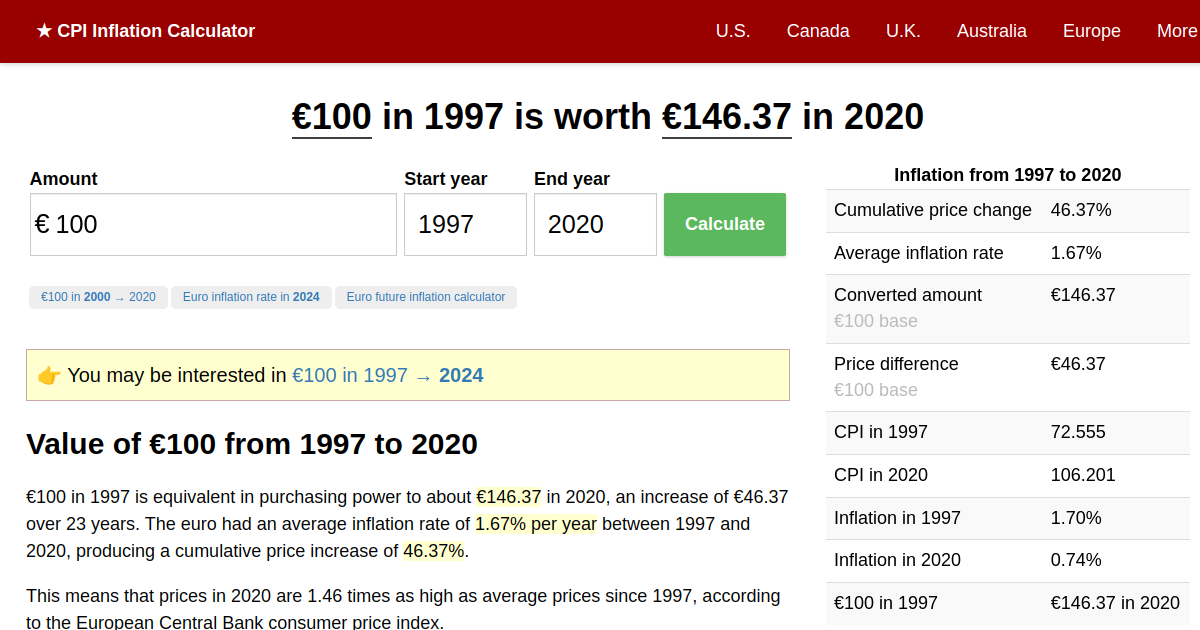In brief: LG Energy Solution (LGES), the world's second-largest maker of electric car batteries and a major Tesla supplier, is reviewing its plans to build a $1.3 billion plant in Queen Creek, Arizona, as US inflation continues to soar, resulting in what it calls "unprecedented economic conditions."

LGES plans to build an Arizona plant with 11 GWh/year capacity to supply cylinder-type batteries for EVs and electric tools. The company earlier this year announced that construction on the facility was set to begin in the second quarter, with mass production scheduled for the second half of 2024
But the plant may not go ahead. LGES said it is currently reviewing various investment options in light of the "unprecedented economic conditions and investment circumstances in the United States." An LGES spokesperson specified to Reuters that the company would reevaluate its investment in the Arizona factory.
Increased construction costs, weakening battery demand, rising inflation, and the economic downturn are all factors in LGES' hesitation. It will take at least one to two months for the company to decide whether to abandon plans for the Arizona factory. However, it is still building three plants with General Motors in Ohio, Tennessee, and Michigan and intends to expand its existing factory in Michigan.
The faltering economy and fears of a recession are impacting several tech firms. Tesla has laid off a percentage of its workforce, which has led to a lawsuit claiming it violated federal laws. CEO boss Elon Musk also demanded that staff return to the office for at least 40 hours per week. Unfortunately, it seems there aren't enough parking spaces or desks at Tesla's offices to accommodate them.
https://www.techspot.com/news/95118-lg-reconsidering-13-billion-arizona-battery-plant-light.html

:max_bytes(150000):strip_icc()/money--money--money-3429418-a99756eabdfe4e8aab5417684056dea3.jpg)





